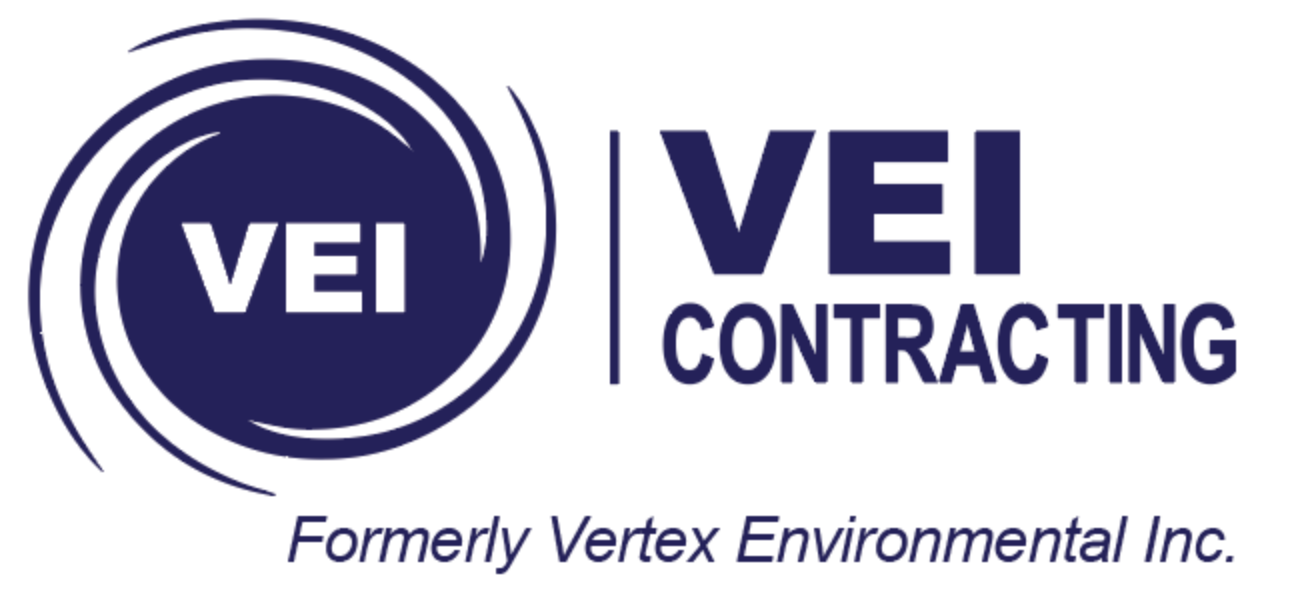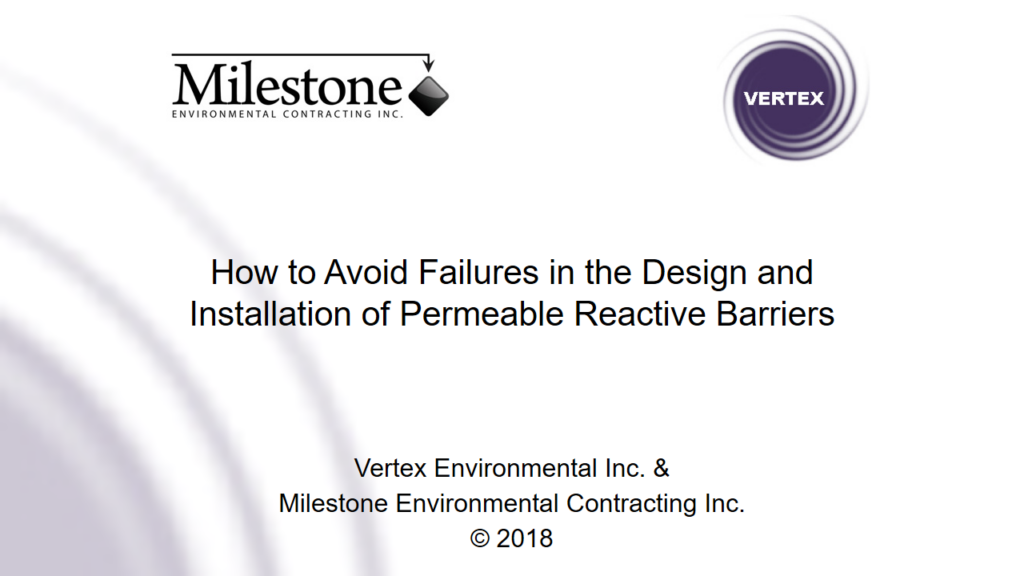How to Avoid Failures in the Design and Installation of Permeable Reactive Barriers
Conference(s): Americana, RemTech, SustainTech
Date(s): 2018, 2019
Overview
In the mid-1990s the permeable reactive barrier (PRB) was pioneered – an underground permeable “wall” that acted as a barrier to certain contaminants but did not impede the natural flow of groundwater. This lead to a means of passively managing dissolved-phase contamination along property boundaries or adjacent to sensitive sites. These PRBs used zero-valent iron (ZVI), hence were termed “Iron Walls”, and were very effective and widely applied for the treatment of chlorinated volatile organic compounds (cVOCs) in groundwater. Studies have shown that in cases where such PRBs “fail” it is often not due to the core technology, but rather to an incomplete understanding of site conditions, improper construction of PRBs in the field, or both.
This presentation showcases innovative and recent advances in the science and technology behind the design and installation of ZVI PRBs using a real-world case study. Project components profiled include:
- Data review and gap analysis for the site;
- Bench-scale proof-of-concept treatability testing;
- Preliminary full-scale design incorporating computer modeling and sensitivity analysis;
- Physical profiling of the PRB alignment at the site using the in-situ Hydraulic Profiling Tool (HPT);
- Updated and final detailed design for the full-scale PRB;
- Installation of the “funnel and gate” PRB using a biopolymer slurry for excavation support;
- On-site QA/QC testing of the reactive media and emplacement methodology; and
- Follow-up performance monitoring of PRB treatment effectiveness.
This presentation presents the methods, observations and results of each stage of PRB design, installation and verification, and will detail the current state-of-the-art in these regards. Lessons learned and recommendations on design and installation techniques for ZVI PRBs are presented.
Download PDF

